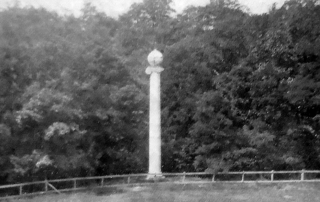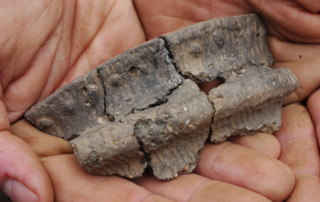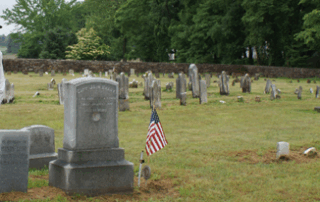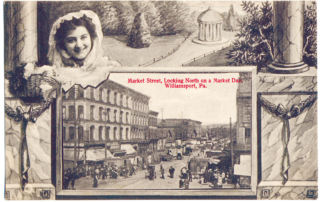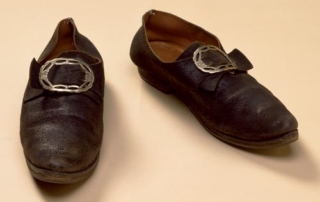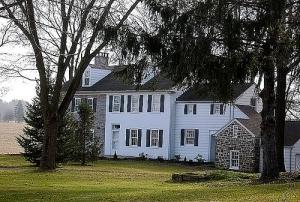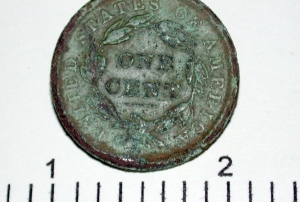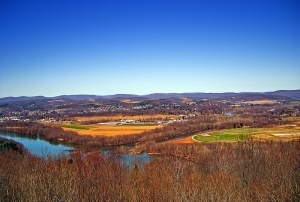The Widaagh Monument in Antes Fort
So, what does a forty-five-foot tall, forty-one-ton monument on private land, the Susquehannock Indians, an ex-bank president in Indian dress-up, and a magical place called Lockabar have in common? Well, historian Carl Becker once said it best, "history is an imaginative creation" and that tongue-in-cheek remark never bore more truth than the story of the


